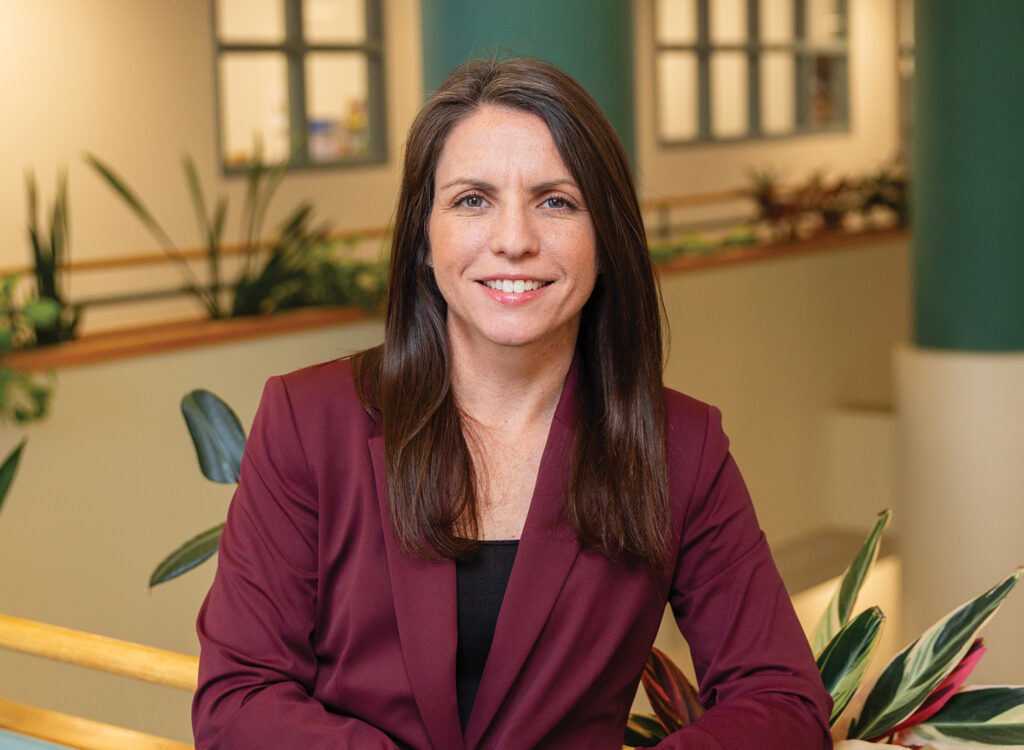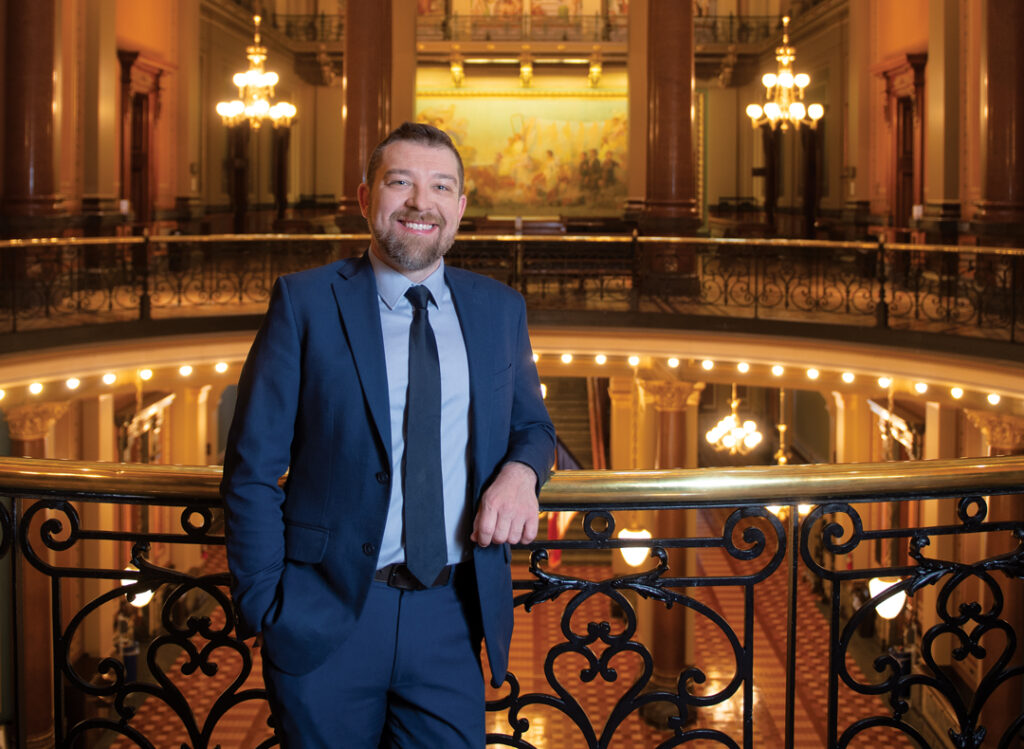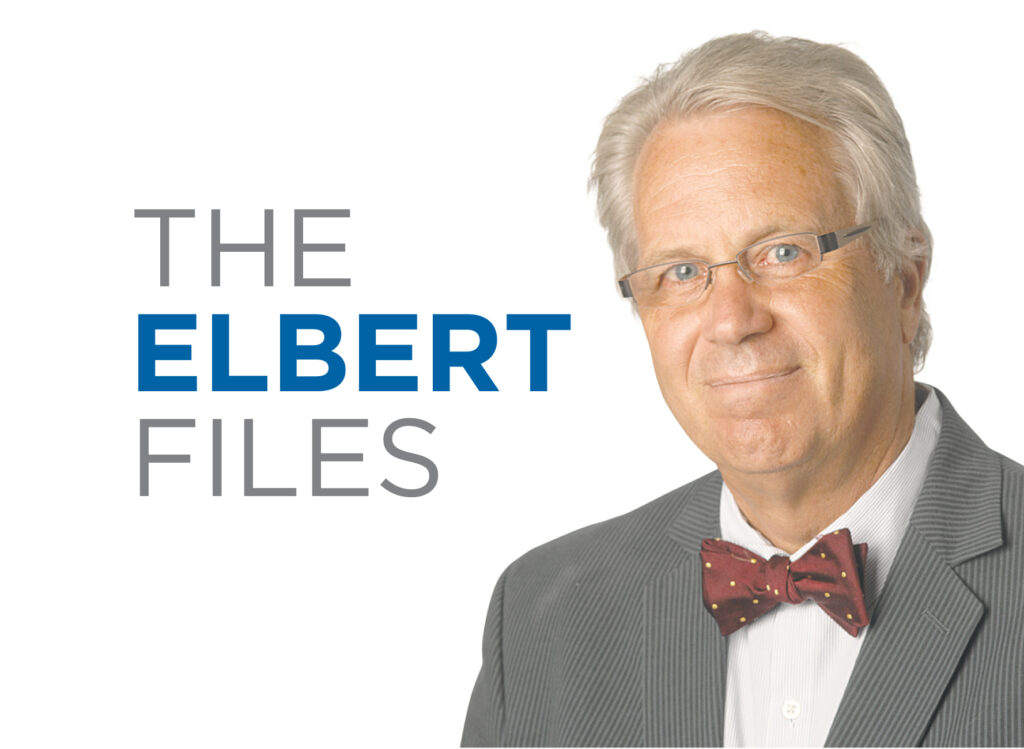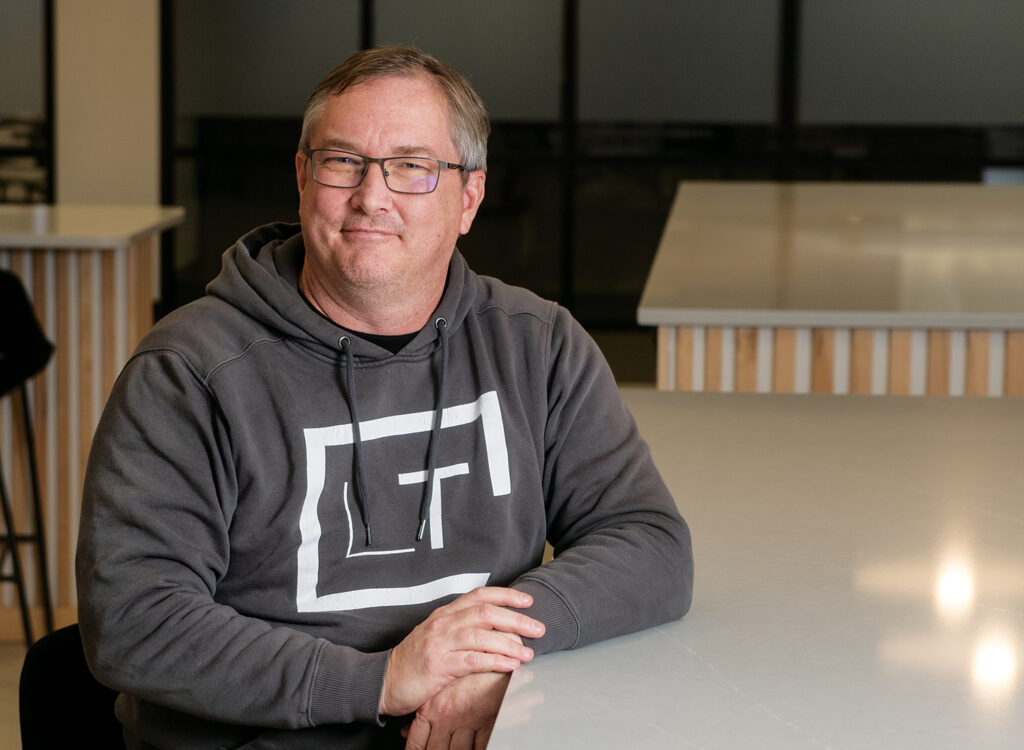The Elbert Files: My fill of coffee

DAVE ELBERT Apr 28, 2021 | 9:13 pm
3 min read time
677 wordsBusiness Record Insider, Opinion, The Elbert Files
Plans for a drive-thru Starbucks on Ingersoll Avenue remind me of my favorite Starbucks story.
I’ve never liked their coffee. Too bitter and overpriced for me. But I do admire their business model, which includes fair wages and health insurance for workers.
I’ve been a coffee junkie since the mid-1970s when I quit smoking for the third time. The irony was that after each of my first two quits, I wound up smoking more. I was up to three packs a day and working as a reporter at the Quad-City Times in Davenport when I quit for good.
At about the same time, I started running, and discovered that instead of stopping every block or so to catch my breath, two days after quitting smoking I could run for a half mile.
The real test was work. I chain smoked when I wrote, and I had to replace the craving with something. Drinking coffee cost less and was less fattening than food.
Caffeine never had much effect on me. I’d tried it in college to stay awake before finals but often fell asleep on top of my books.
When I began work in Davenport, the little coffee I drank was mixed with sugar.
After I quit smoking, I drank it black, and I drank it constantly.
I joined the Des Moines Tribune in 1975, and my coffee consumption, if possible, increased. Instead of buying it for 25 cents from a vending machine, I could walk down a flight of stairs and tap a large community pot for 10 cents a cup with no limit on the size of the cup.
We called it “back-shop coffee” because the pot was maintained by back-shop printers who set stories in type. The coffee was strong, especially late in the day after it had stewed in the electric pot for a few hours. But that rarely bothered me.
When most printing operations were automated, caffeine responsibilities moved to the fourth-floor newsroom.
It was a disaster at times, because journalists are poor housekeepers. Too many newsroom coffee drinkers refused to refill or clean the coffee pots. Some would take the last cup and not even turn off the warming pad. Glass pots with scorched, smelly bottoms were common.
By the 1990s, there were coffee kiosks at various locations along the downtown skywalks, which provided a pleasant diversion for reporters and editors who were not on deadline.
My favorite was the coffee stand at Younkers’ skywalk entrance. Kyle McKasson sold coffee and Danishes from a cart at the Younkers entrance from 7 a.m. until the department store opened. Kyle knew practically everyone who worked downtown, and he knew what everyone drank. If there wasn’t a line, which there often was, he’d start pouring your cup as soon as he saw you coming down the skywalk.
After the downtown Younkers store closed in 2005, my coffee partner, business writer Donnelle Eller, and I had to find a new caffeine merchant.
That’s about the time Starbucks arrived in Des Moines at the Temple for Performing Arts. We frequently walked the two blocks from our office to Starbucks, where the baristas were friendly even if I was not a fan of their coffee or the ridiculous names for their drink sizes.
While many Starbucks aficionados ordered $3, $4 or $5 drinks that could take several minutes to prepare, I always ordered regular coffee in a 16-ounce cup.
My favorite Starbucks story is that no matter how many times we went to Starbucks, it often seemed like they would run out of regular coffee when I placed my order.
The very nice woman behind the counter would politely explain that they were out of coffee and it would be a few minutes before she could brew another pot.
To which I would sullenly reply: “You sell one thing, coffee. You have three pots back there. How hard can it be to keep one of them full?”







